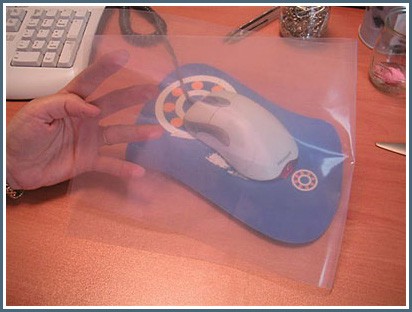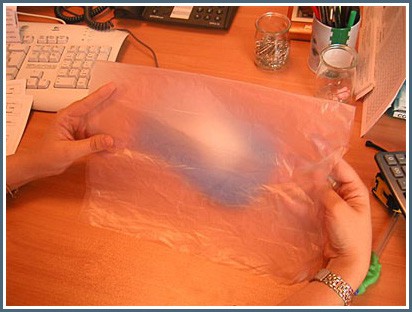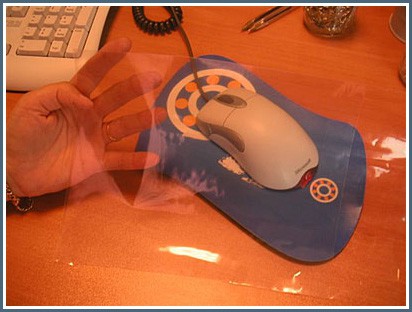POLYETHYLENE
For the manufacture of film and bags there are two main types of polyethylene, the Low Density (LDPE or PELD) and High Density (HDPE or HDPE), also called Low Pressure (PEBP), although for each of these there is a wide range of degrees. The procedures for obtaining the two types are different, and their physical and chemical properties also differ significantly as a result of a different molecular structure.
The LDPE is obtained at high pressures (between 1,000-3,000 atm.) At temperatures between 100 and 300 ° C in the presence of oxygen as a catalyst. It is a thermoplastic product density 0’92, soft and elastic. In its natural state, the film is completely transparent, and this feature decreases depending on the thickness (gauge) and degree.
High Density Polyethylene (Low Pressure) differs from the previous one in the fact that you get a low pressure and low temperature in the presence of an organometallic catalyst. Among its features, has more strength and rigidity, and has a higher density (0,94). In its natural state, the film, although it is translucent, it is completely transparent, and take a look cerium, as in the previous, its appearance will change depending on the extent and thickness (gauge).
Adding appropriate dyes, polyethylene films can be obtained with a variety of colors
POLYPROPYLENE
Basically two types exist: Cast Monoorientat or (for the manufacture of plastic bags and other complexes), and Biorientet (usually used in film for use in automatic packaging machinery, as well as for complex).
The polypropylene (PP) are characterized, unlike the previous ones, are more transparent and have a more crystalline. Their mechanical characteristics are very different, and its density is 0’90.
TABLE OF PROPERTIES
| PEBD | PEAD | PP | ||
| Density | 0,92 | 0,94 | 0,90 | cm3/gr |
| Weight/weight | 23 | 23,5 | 22,5 | gr./m2, film de 0,025 mm (galga 100**) |
| Breaking load | 100-170 | 210-380 | 300-400 | Kg./cm2 |
| Elongation at break | 500-725 | 100-200 | 500-700 | % |
| Hardness | 40-45 | 60-70 | 85-95 | (SHORE) |
| Thermal Conductivity | 8 | 11-13 | 3,3 | 10 (4ª) cal/s cm. ºC |
| Specific heat | 0,55 | 0,55 | 0,44 | kcal/kgºC |
| Temp. Softening | 80-90 | 90-120 | 140-160 | (VICAT)ºC |
| Temp. Melting | 110-115 | 130-140 | 170-175 | ºC |
| Temp. work (extrusion) | 150-160 | 170-220 | 200-230 | ºC |
** GAUGE: To discuss the bulk of these materials is often called a micron or gauge. A micron is one thousandth of a millimeter, ie 1 millimeter divided into 1000 parts. The gauge is the thickness in microns multiplied by 4. So, as an example, say that a polyethylene film having a thickness of 25 microns gauge is 100.
To measure the thickness of materials to be used device called PALMER accuracy or micrometer, also usually use a typical caliper.
ECONOMY / SOCIETY / ENVIRONMENT
The materials are polyethylene and polypropylene, recyclable and does not pollute, its combustion produces no harmful gases to the atmosphere. Products made from these materials, handled properly, are suitable for food use.
Its easy processability, low cost, excellent balance of physical properties • Slow and low density are the reason for use in numerous applications, to the point that it would be impossible to dispense with all products manufactured using these materials in our daily lives.
Its waterproof, transparent and above all its high resistance compared to the small volume occupied, make the packaging made from these materials are good allies to the environment as one of the biggest problems are in society is the large number and volume (m3, kg, etc..) waste (garbage) generated.
LINKS
Caracteristicas de los plásticos.
Los plásticos permiten ahorrar hasta 9 veces las emisiones de CO2





